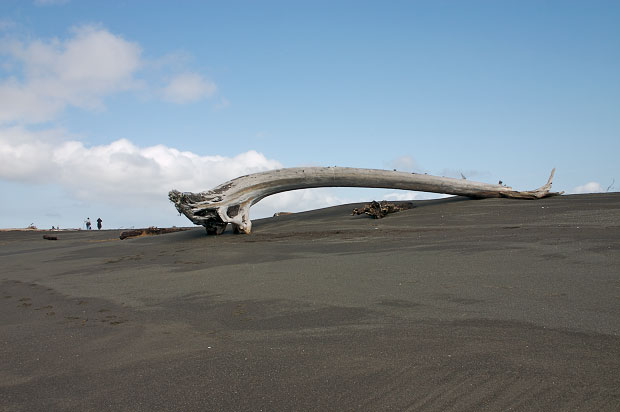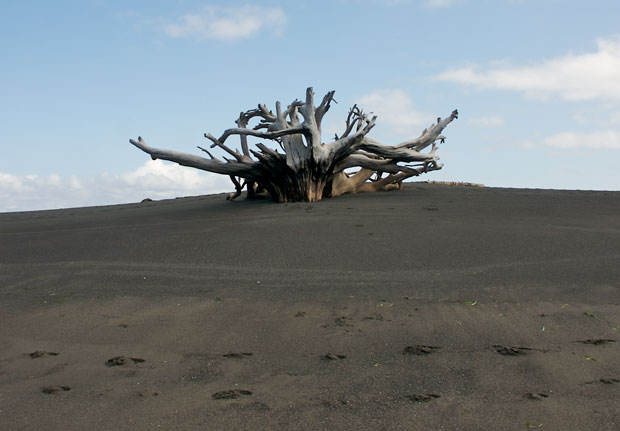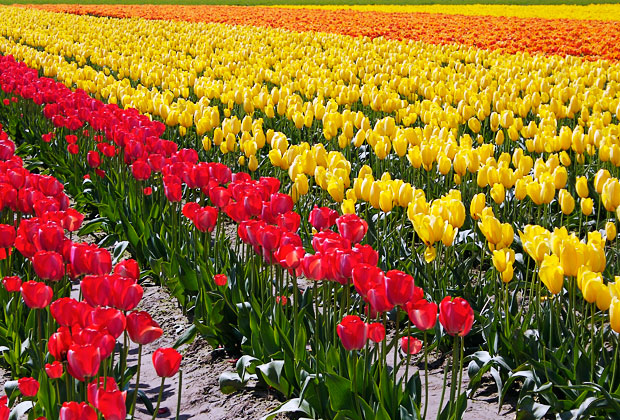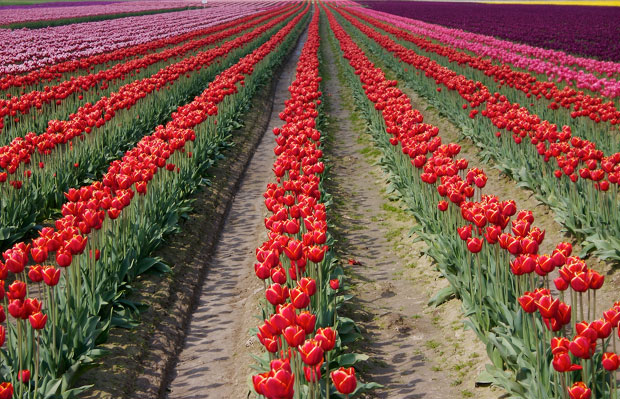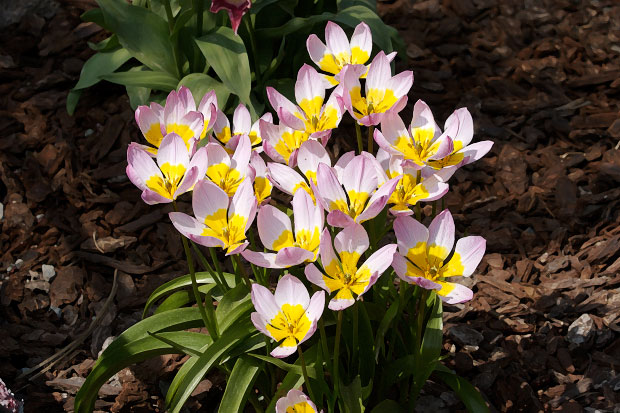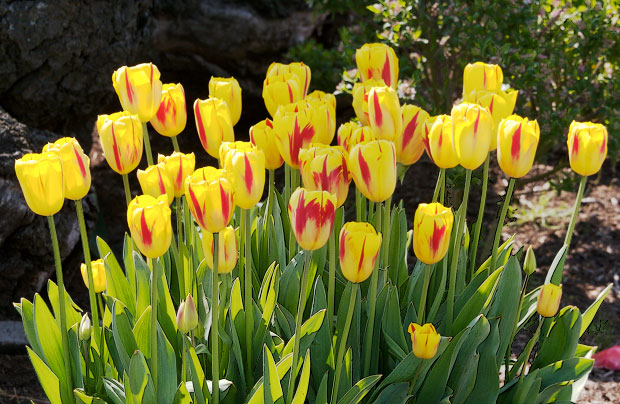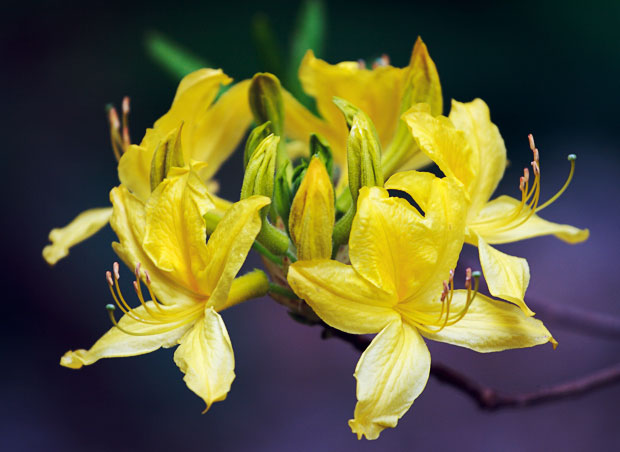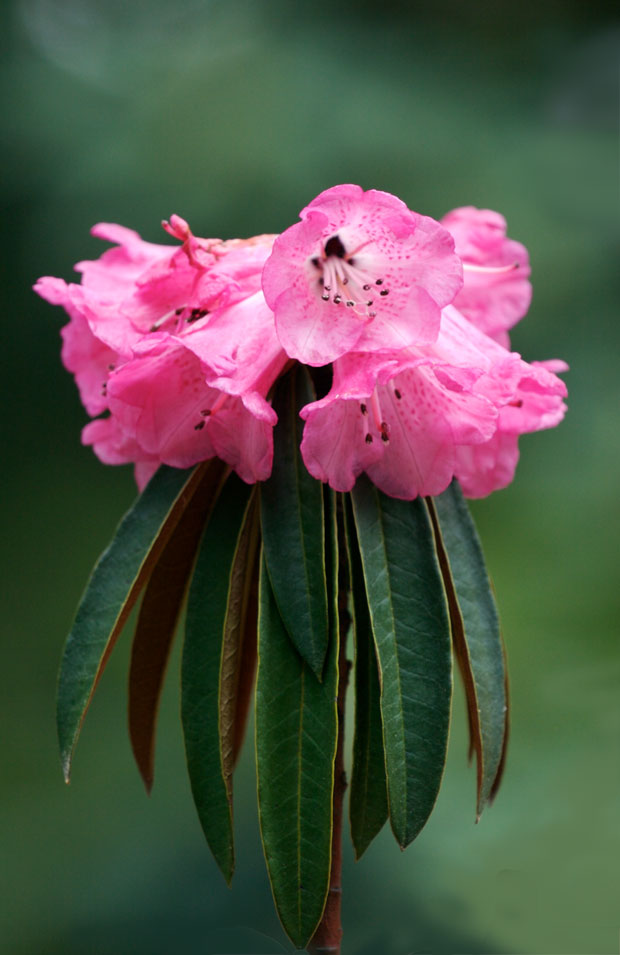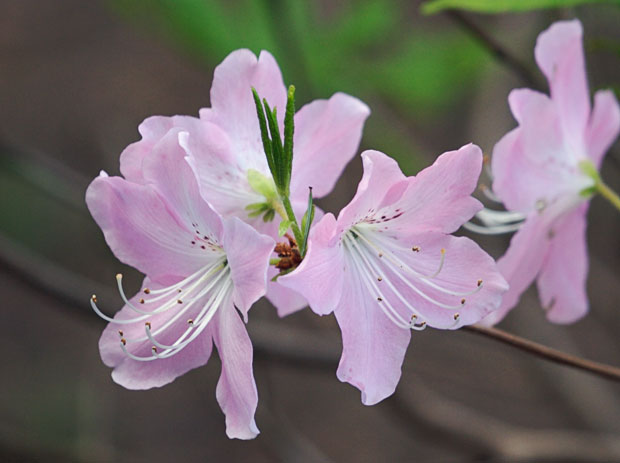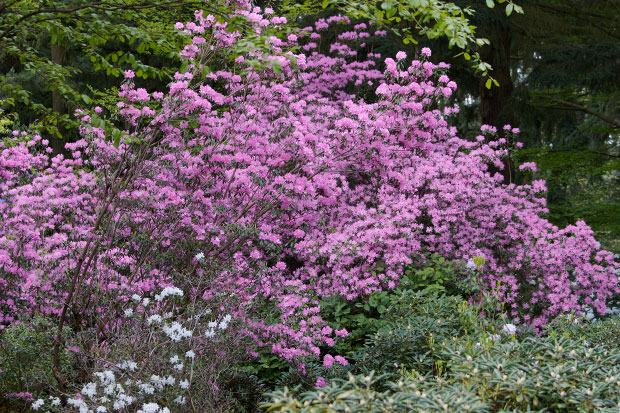Although the most famous of Kees’ poems, the “Robinson poems,” and, in particular Aspects-of-Robinson/ first reminded me of Eliot’s “J. Alfred Prufrock,” the more I read them the more they reminded me of E.A. Robinson’s “Richard Cory.” So much so, that it made me wonder if Kees didn’t use that title as an allusion to Robinson because both poets suffered critical neglect most of their lives and both seemed to realize the price they were paying in order to write poetry.
Although Kees’ Robinson never commits suicide, the thought of suicide hangs over all the poems, just as some critics have suggested that the poems presage Kees’ own suicide. I think I would admire Kees’ poems more, however, if I hadn’t read Richard Cory long before I read his poems.
While I liked most of the Robinson poems, my favorite Kees’ poem would have to be the much less anthologized:
A MUSICIAN’S WIFE
Between the visits to the shock ward
The doctors used to let you play
On the old upright Baldwin
Donated by a former patient
Who is said to be quite stable now.
And all day long you played Chopin,
Badly and hauntingly, when you weren’t
Screaming on the porch that looked
Like an enormous birdcage. Or sat
In your room and stared out at the sky.
You never looked at me at all.
I used to walk down to where the bus stopped
Over the hill where the eucalyptus trees
Moved in the fog, and stared down
At the lights coming on, in the white rooms.
And always, when I came back to my sister’s
I used to get out the records you made
The year before all your terrible trouble,
The records the critics praised and nobody bought
That are almost worn out now.
Now, sometimes I wake in the night
And hear the sound of dead leaves
against the shutters. And then a distant
Music starts, a music out of an abyss,
And it is dawn before I sleep again.
While my appreciation of this “Uncollected Poem” may be colored by having read that, “His wife became seriously alcoholic and then mentally ill” previously, it seems to me that it would be particularly moving to anyone who has had the unfortunate experience of knowing someone who has been committed to an institution.
Unfortunately it also reminds me of my mother when she had to be placed in a nursing home because of her advanced Alzheimer’s disease. It was especially heartbreaking at moments when she seemed to be her old self and wanted “to go home,” though “home” was where she lived until she was 18.
For an artist, though, the most moving line might well be “The records the critics praised and nobody bought.”
Like this:
Like Loading...
